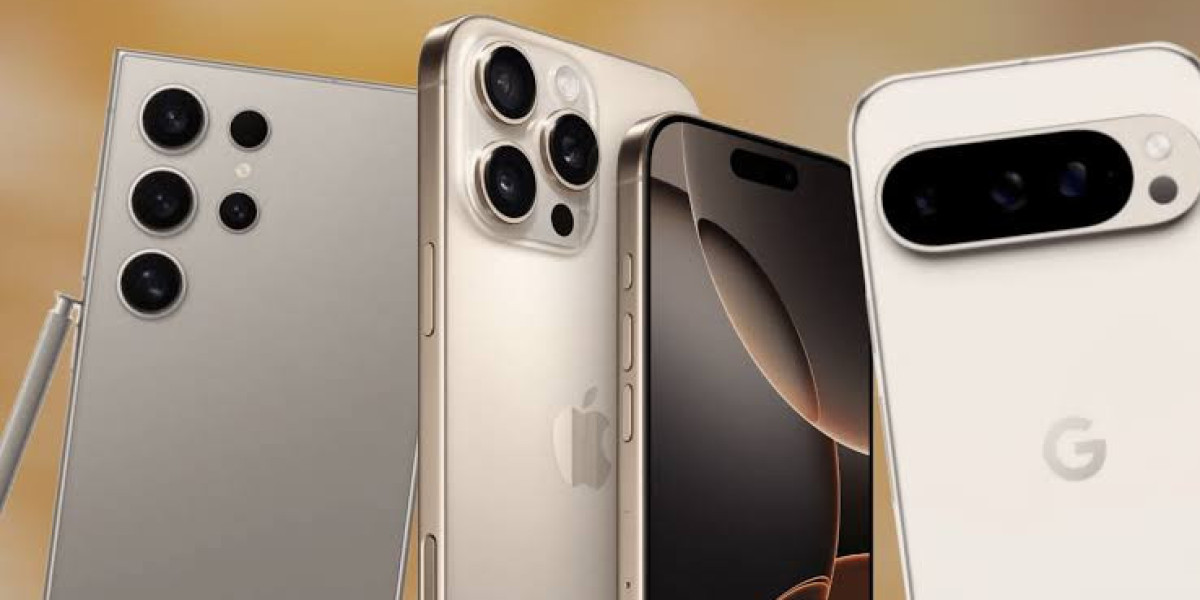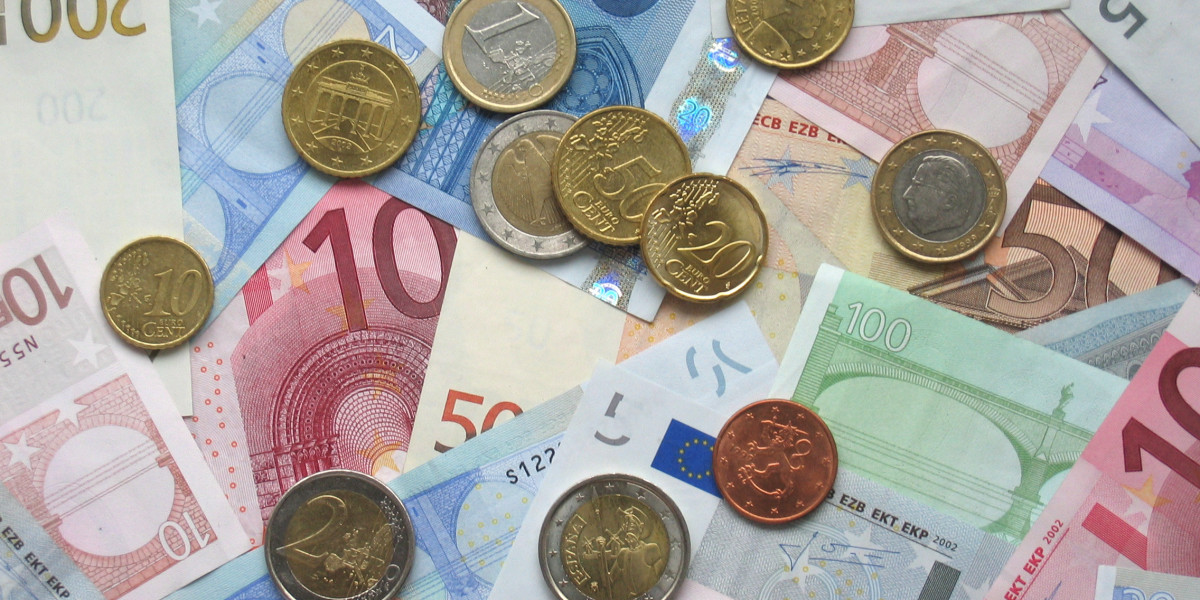The relentless march of technology has transformed the smartphone from a mere communication device into a sophisticated photographic tool, capable of capturing stunning images that rival those of dedicated cameras. As we navigate through late 2024 and look towards early 2025, the competition for the title of the best camera phone has never been more intense. The top contenders are not just packing more megapixels; they are leveraging larger sensors, wider apertures, and incredibly intelligent software to redefine the boundaries of mobile photography. This article delves into the leading camera phones of the era, exploring their unique strengths and helping you choose the perfect photographic companion for your style.
The conversation around the best camera phone is no longer a simple numbers game. While a high megapixel count can contribute to detailed images, the true determinants of photographic excellence lie in the interplay of hardware and software. A larger sensor can capture more light, leading to better performance in dimly lit environments and a richer dynamic range. A wider aperture, denoted by a smaller f-number, also allows more light to reach the sensor, enabling faster shutter speeds and creating a natural, pleasing background blur known as bokeh.
At the forefront of this technological push are a handful of flagship devices that consistently impress. The Samsung Galaxy S25 Ultra, Apple's iPhone 16 Pro Max, the Google Pixel 9 Pro, the Xiaomi 15 Ultra, and the OnePlus 13 have all carved out their own niches, appealing to different types of photographers.
The Samsung Galaxy S25 Ultra continues its reign as the king of versatility. Its camera system is a testament to the "more is more" philosophy, but with a refined execution. The headline feature is often its incredible zoom capabilities, allowing for usable shots at magnifications that other phones can only dream of. This is made possible by a sophisticated system of telephoto lenses that offer different optical zoom levels. Beyond zoom, the S25 Ultra boasts a massive main sensor that captures a great amount of detail and performs admirably in low light. Samsung’s image processing tends to produce vibrant, punchy colors that are immediately shareable on social media. For the user who wants a camera that can do it all, from expansive landscapes to detailed close-ups of distant subjects, the Galaxy S25 Ultra remains a top choice. Its pro mode also offers a granular level of control for those who like to tinker with settings.
In the other corner stands the Apple iPhone 16 Pro Max, a beacon of consistency and user-friendliness. Apple’s philosophy has always been to make photography effortless, and the iPhone 16 Pro Max is the epitome of this. The camera app is clean and intuitive, allowing users to capture fantastic images with minimal fuss. The image quality is consistently excellent, with a focus on natural color reproduction and balanced tones. Where the iPhone truly excels, however, is in its video capabilities. Features like ProRes and Cinematic Mode offer a level of creative control that is unparalleled in the smartphone world, making it the go-to device for aspiring and professional videographers alike. The synergy between Apple's hardware and software ensures a smooth and reliable experience, from capture to editing within its ecosystem.
Google’s Pixel 9 Pro stakes its claim through the sheer power of computational photography. While its hardware is undoubtedly top-tier, featuring a large main sensor and capable telephoto and ultrawide lenses, the real magic happens in the software. Google’s AI-powered features, such as Magic Eraser for removing unwanted objects and Photo Unblur for sharpening images, are industry-leading. The Pixel’s greatest strength is its ability to capture stunningly realistic and detailed images in any lighting condition. Its Night Sight mode is legendary, turning near-darkness into a well-exposed, usable photograph. For the photographer who values a "point-and-shoot" experience that consistently delivers exceptional, true-to-life images, the Pixel 9 Pro is an easy recommendation.
For the photography enthusiast who craves a more hands-on experience, the Xiaomi 15 Ultra presents a compelling alternative. Often collaborating with legacy camera brands like Leica, Xiaomi pushes the boundaries of camera hardware in a smartphone. The 15 Ultra is expected to feature one of the largest sensors on the market, approaching the 1-inch sensor size found in some high-end compact cameras. This allows for incredible light-gathering capabilities and a shallow depth of field that mimics the look of a professional camera. The camera app typically offers a comprehensive pro mode, giving users full control over settings like ISO, shutter speed, and white balance. The resulting images are often characterized by their exceptional detail and a distinct, professional-looking aesthetic.
Finally, the OnePlus 13, in its partnership with Hasselblad, focuses on a specific photographic style. Hasselblad, a legendary name in the world of photography, brings its expertise in color science to the OnePlus 13. This collaboration results in images with a unique and pleasing color profile, particularly in portraits. The camera system is designed to be fast and responsive, making it great for capturing fleeting moments. The portrait mode on the OnePlus 13 is often lauded for its ability to produce beautiful and natural-looking bokeh, making it a favorite among those who love to photograph people.
Choosing the best phone for photography in 2025 is a matter of understanding your own needs and creative preferences. If you are a versatile photographer who loves to zoom in on the action, the Samsung Galaxy S25 Ultra is your best bet. If you value a seamless and consistent experience with a strong emphasis on video, the iPhone 16 Pro Max is the clear winner. For those who want stunning, realistic photos with the press of a button, the Google Pixel 9 Pro’s computational prowess is unmatched. The Xiaomi 15 Ultra caters to the enthusiast who wants to take control of their settings and achieve a professional look. And for the portrait photographer who appreciates a unique color aesthetic, the OnePlus 13 offers a compelling package. The best camera is the one you have with you, and with these powerful options, your pocket can now hold a truly remarkable photographic tool.










